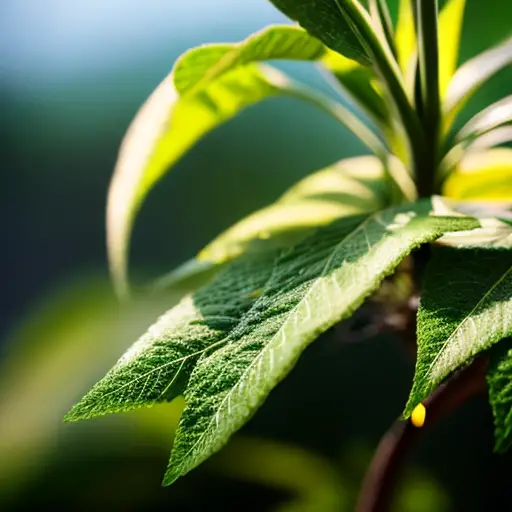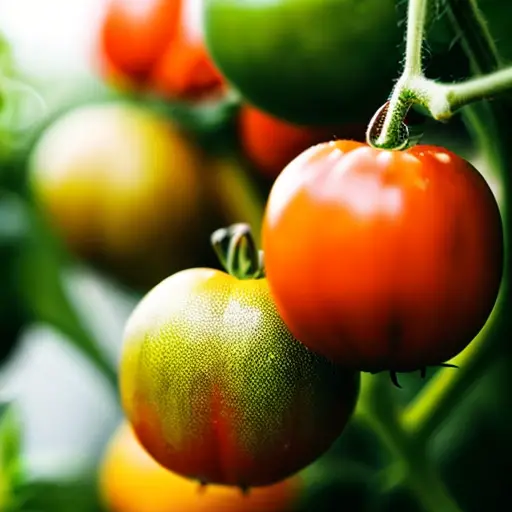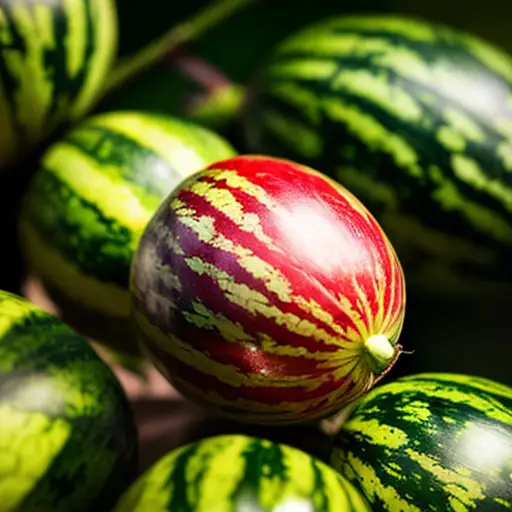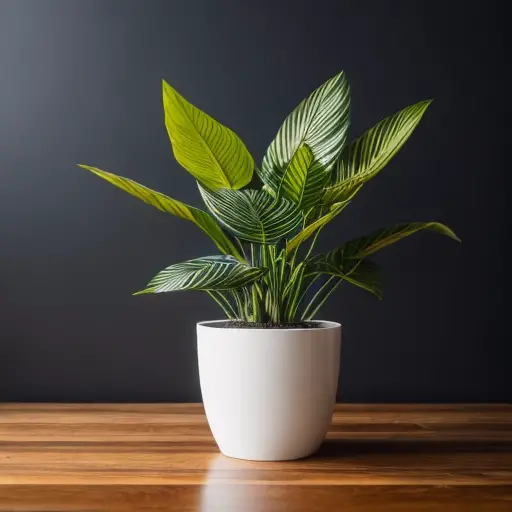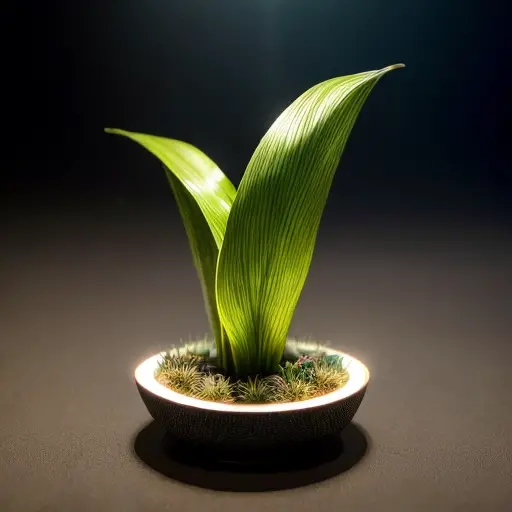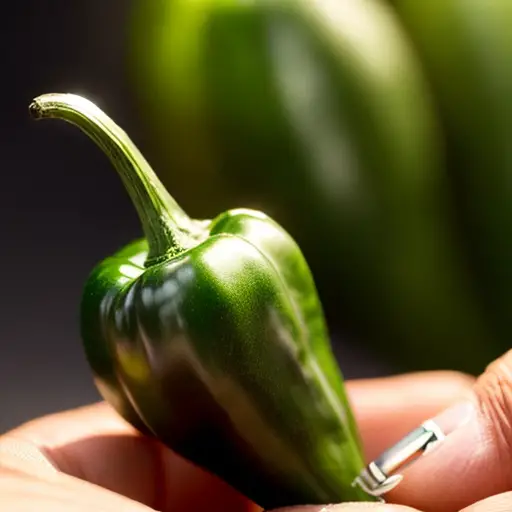Practical Tips for Pruning Your Plants
Understanding the Basics: Getting Started with Pruning Techniques
Ah, the fascinating art of plant pruning! If you’re anything like me, you’d rather dance around with a pair of shears than bust a move on the dance floor. But fear not, fellow garden enthusiasts, for I’m here to shed some light on the basics of pruning techniques. Picture this: you, gracefully swinging your magical pruning wand (a.k.a. shears), transforming your shrubs from shaggy to chic. It’s like giving your plants a fancy haircut, minus the awkward small talk. From the fine art of thinning branches to improving the balance of your green kingdom, we’ll navigate the labyrinth of pruning with humor and a touch of mischief. So buckle up, folks, because we’re about to embark on a journey where horticulture meets comedy. Let’s prune like nobody’s watching!
Timing and Techniques: A Guide to Pruning Different Plant Types
An interesting fact about how to prune plants is that pruning can actually stimulate growth in certain plants. By properly pruning, you can encourage plants to produce new shoots and branches, resulting in denser and more vigorous growth. This can be particularly beneficial for fruit trees, flowering shrubs, and certain perennial plants.
Are you tired of your plants taking over your entire backyard, becoming a tangled mess of leafy chaos? Fear not, aspiring green thumbs! I’ve got the ultimate guide for you: ‘Timing and Techniques: A Guide to Pruning Different Plant Types’. Let’s face it, pruning can sometimes feel like performing delicate surgery on a living organism, but fear not, my friends. With just the right amount of timing and techniques, you’ll have those unruly shrubs and trees shaped up in no time. Remember, it’s all about precision, finesse, and a dash of bravado. So grab your pruning shears, put on your gardening cape (we all have one, right?), and get ready to show those plants who’s boss!
Best Practices: Essential Tips for Properly Pruning Your Plants

So you’re a plant parent, huh? Congratulations, you’ve officially joined the club of people who talk to their leafy green friends with more enthusiasm than they do to their own friends! But now that your jungle is growing bigger and wilder than Tarzan’s, it might be time to grab those pruners and show your plants who’s boss. Fear not, for I am here to guide you through the treacherous journey of pruning your unruly friends with humor and grace.
First things first, before you go all Edward Scissorhands on your unsuspecting plant pals, it is crucial to understand why pruning is important. Not only does it keep your plants in check, preventing them from taking over your entire living room like a scene from Jumanji, but it also promotes new growth. Think of pruning as a stylish haircut for your green buddies. No, they won’t be sporting vibrant pink mohawks (though that would be quite the sight), but trimming away dead or damaged branches will encourage healthy development and improve their overall appearance.
Before you make a mess of your apartment, make sure you have the right tools: a sharp pair of pruners or shears will be your best friend throughout this plant-pruning adventure. And no, kitchen scissors won’t do the trick, unless you want your plant to look like it fought a losing battle with a bread knife. Now, let’s get to the nitty-gritty of how to prune like a pro, shall we?
Rule number one: start by identifying which branches need to go. Dead or diseased limbs should be your hard targets, as they serve no purpose other than harboring bad plant vibes. Cut them off like you’re getting rid of a bad ex-boyfriend – swiftly and without remorse. Next up, think about the overall shape you want your plant to have. Does it resemble a wobbly tower of Pisa after one too many cocktails? Then it’s time to channel your inner Michelangelo and bring out that artistic genius! Trim away the branches that disrupt the desired shape, creating harmony among your plant posse.
But wait, there’s more! Timing is everything, especially in the plant-pruning world. Different plants have different preferences when it comes to the ideal time for a trim. So don’t just randomly whip out those pruners while belting out ‘I Will Survive’ like a karaoke champion. Research and read up on your specific plant’s preferences, or ask the plants themselves; they clearly have more knowledge than any of us will ever possess.
Lastly, don’t forget to give your plants some post-pruning TLC. It’s a traumatic experience for them, after all. Just like a spa day after a bad breakup, your plants deserve some extra attention now. Make sure you provide them with proper watering and fertilization, but resist the urge to smother them like an overbearing parent – give them some space to breathe and flourish.
So there you have it, my fellow green thumbs. Armed with these essential tips and your unyielding sense of humor, you are now prepared to tackle the intricate art of plant pruning. Go forth, snip away, and may your plants thrive! Just remember, if they could talk, they would probably be screaming ‘Ouch!’ throughout the whole process, so maybe turn up the volume on your favorite playlist and pretend they’re just jamming along. Happy pruning!
Troubleshooting and Maintenance: Common Issues and Solutions in Plant Pruning
Fun fact: Did you know that pruning plants during a waxing moon phase can lead to healthier and more vigorous growth? According to some gardening folklore, this is believed to be the best time to prune, as the plant’s sap flow is said to be at its peak, resulting in quicker healing and reduced risk of disease. So, next time you’re pruning, you might want to check the moon phase for an extra boost of gardening magic!
So, you’ve decided to take up the noble art of plant pruning. Well, let me tell you, my friend, it’s not always a walk in the park. In fact, sometimes it feels more like a stroll through a bewildering maze of branches and leaves, where every wrong move can result in an upturned shrub and a shattered gardener’s pride. Fear not, for I am here to guide you through the treacherous world of troubleshooting and maintenance in plant pruning. Ah, the dreaded issue of over-pruning. It’s like giving your beloved plant a bad haircut and hoping it will forgive you. The solution? Step away from the scissors and give your green friend some time to recover. Yes, plants actually need time to rejuvenate! And don’t even get me started on the battle with under-pruning. It’s like dealing with a teenager who refuses to tidy up their room. The solution? Be persistent, my dear gardener, and wield your shears with conviction. But remember, moderation is key! So, my fellow pruning enthusiasts, remember to prune responsibly, stay patient, and embrace the occasional leafy labyrinth. Happy pruning!

